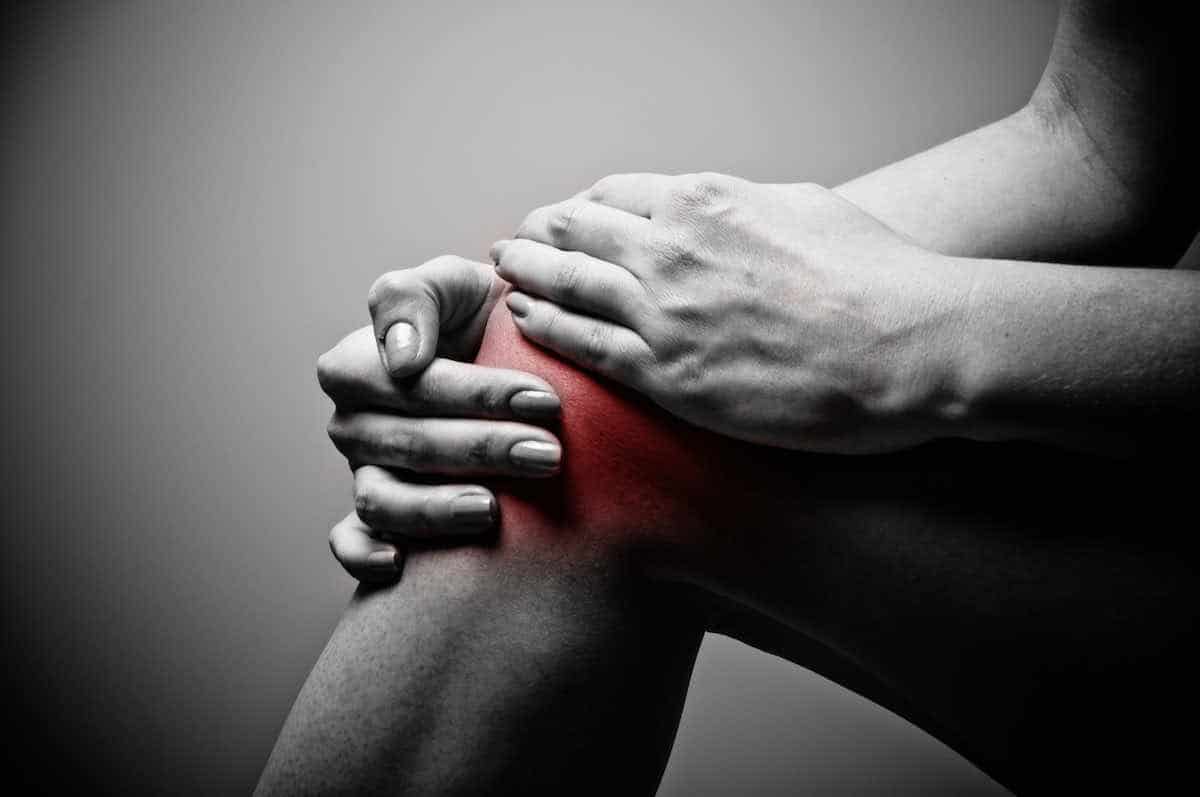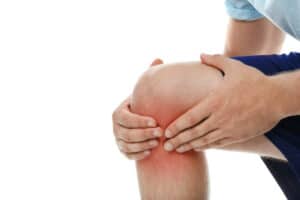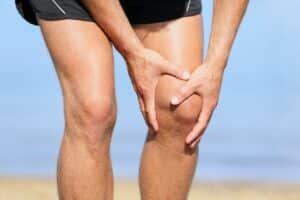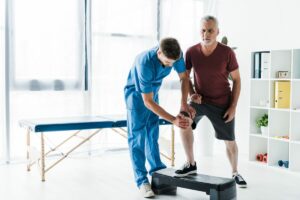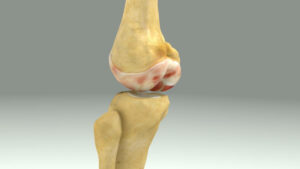Free download: Top 10 Natural & Easy Remedies for Joint Pain from Home. Learn these helpful remedies.
Estimated Reading Time: 5 minutes read
Say hello to an under appreciated yet critical player in your body’s movement and mobility – your knees. These mighty joints take on the daunting task of bearing the weight of your body every single day, enabling you to walk, run, climb, and jump. So, when something like knee bursitis comes into the picture, disrupting this vital function, it’s a serious concern.
Knee bursitis is a condition that triggers discomfort and inflammation in the small, fluid-filled sacs, or bursae, that cushion the knee joint. It can transform simple daily activities into painful endeavors, even causing distress during a routine act like “Knee Bending.” But fret not! Equipping you to combat this sneaky villain is a series of simple and effective exercises you can do right at home.
Table of Contents
Why Knee Bursitis Happens: Understanding the Root Cause
Knee bursitis isn’t a condition that just appears out of nowhere; it’s caused by certain actions and situations. Often, these include constant kneeling, overworking the knee, or a strong hit to the knee. While athletes often have knee issues, knee bursitis is also a regular problem for people who spend a lot of time on their knees, like gardeners or carpenters. The main problem? Too much stress on your knee.
Let’s look at the usual causes:
1. Long periods of kneeling or overusing the knee: This is how you get what some people call “housemaid’s knee.” It’s a funny name, but it refers to anyone whose work or hobbies involve a lot of kneeling.
2. A hard hit to the knee: This can be from a fall, an accident, or even just a clumsy bump against the furniture.
3. An infection in the bursa: Sometimes, bacteria can get into the bursa (the small sac of fluid that cushions your knee) and cause problems.
4. Other health issues: If you have diseases like rheumatoid arthritis or gout, you might be more likely to get knee bursitis.
It’s also important to note that these issues can cause other problems, like weak knees or pain when squatting. It’s really important to understand these triggers and try to change our routines to avoid getting knee bursitis.
Home Exercises for Knee Bursitis
Here are the exercises that you can do at home to help alleviate knee bursitis symptoms:
1. Seated Knee Extension
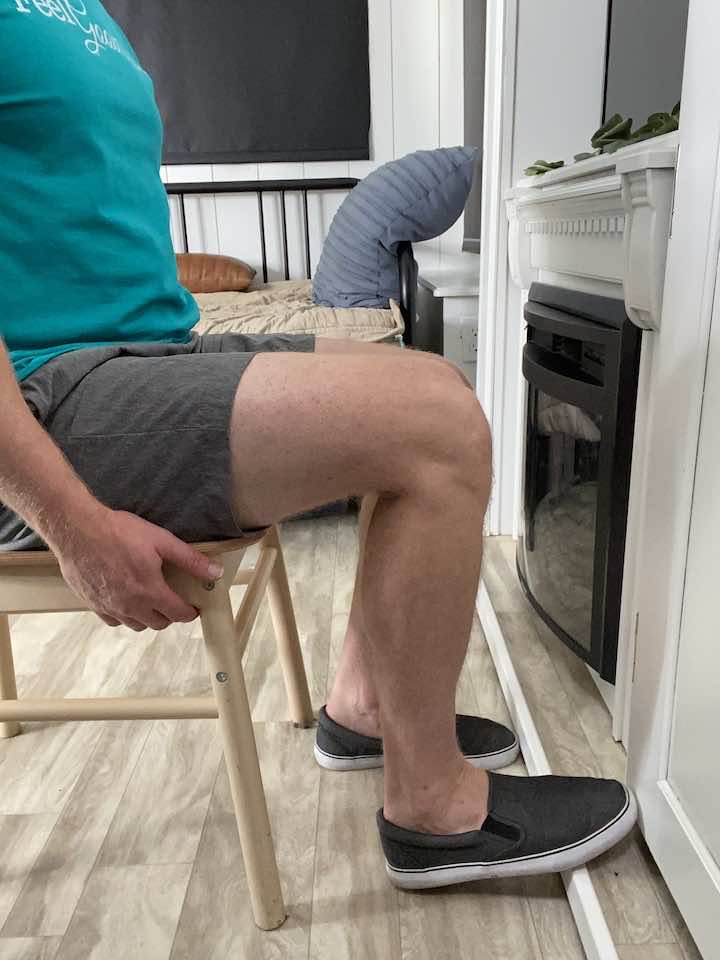
- Sit in a chair about a foot away from a wall, with your knees at a 90-degree angle and your spine in a neutral position.
- Press your toe into the wall to tense your thigh muscle.
- Push with about 70-80% of your maximal exertion for 10 seconds.
- Release the tension and rest for a few seconds.
- Repeat this exercise for a total of 3 times per knee.
2. Standing Hip Lifts
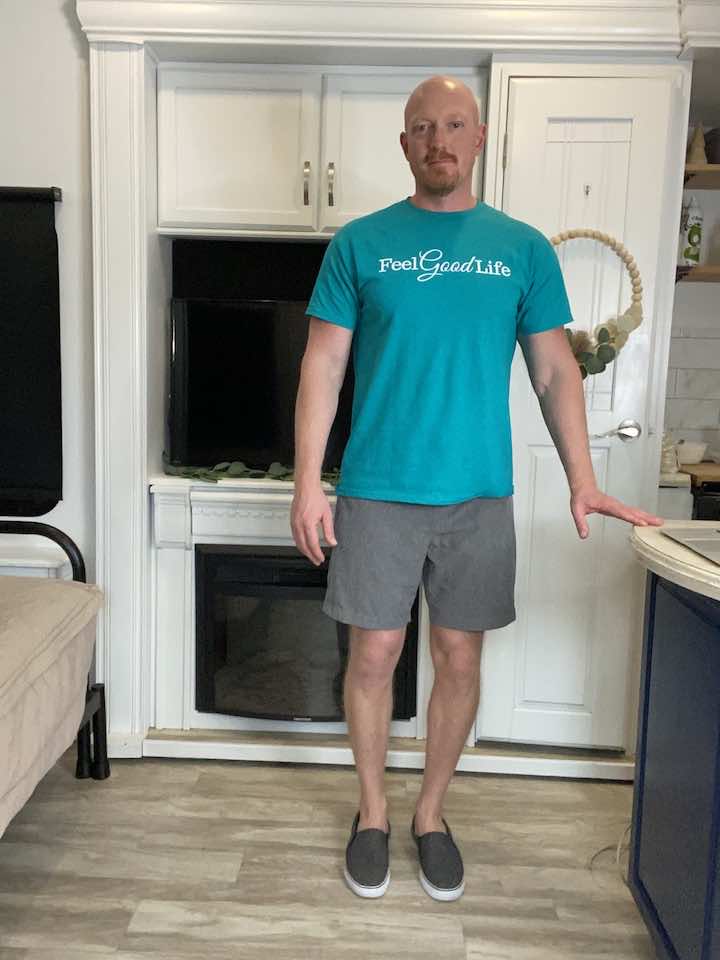

- Stand tall with one hand placed on a bed or chair for support.
- Balance on your left leg, keeping a slight bend in your knee to avoid locking it out.
- Lead with your heel and lift your right leg out to the side, keeping your foot flexed.
- Be sure not to lean to the left while lifting your leg.
- Lower your leg back down to the starting position.
- Repeat this movement 10 times on each leg.
- Do a total of 3 sets of this exercise.
3. Standing Hip Extension
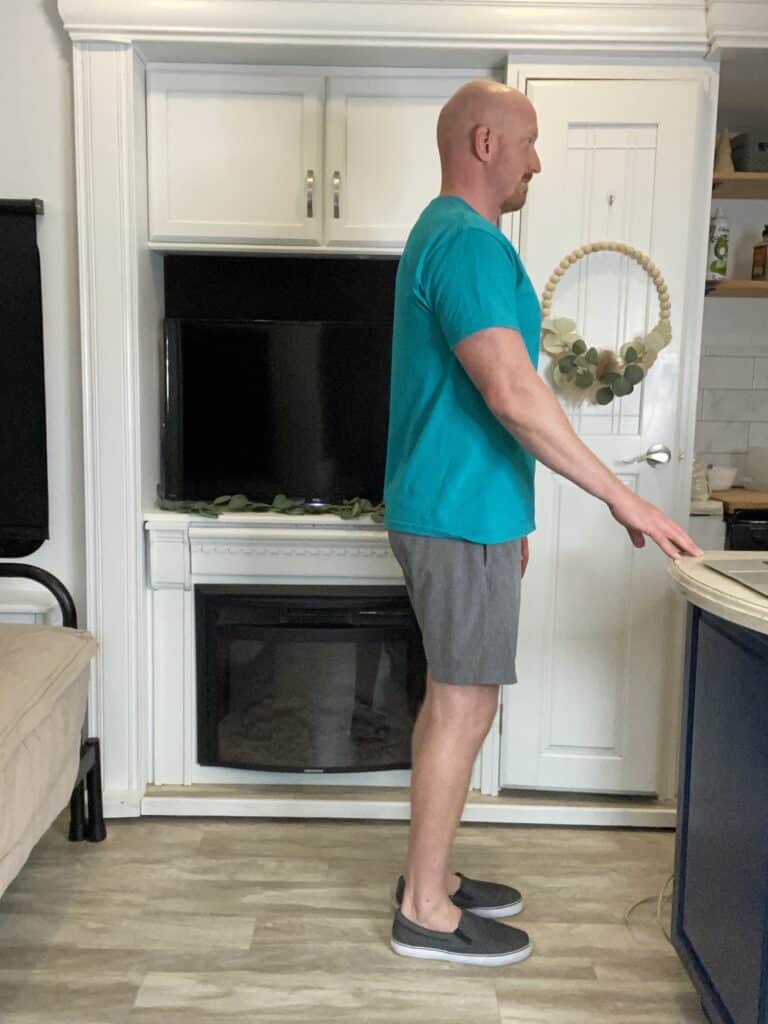
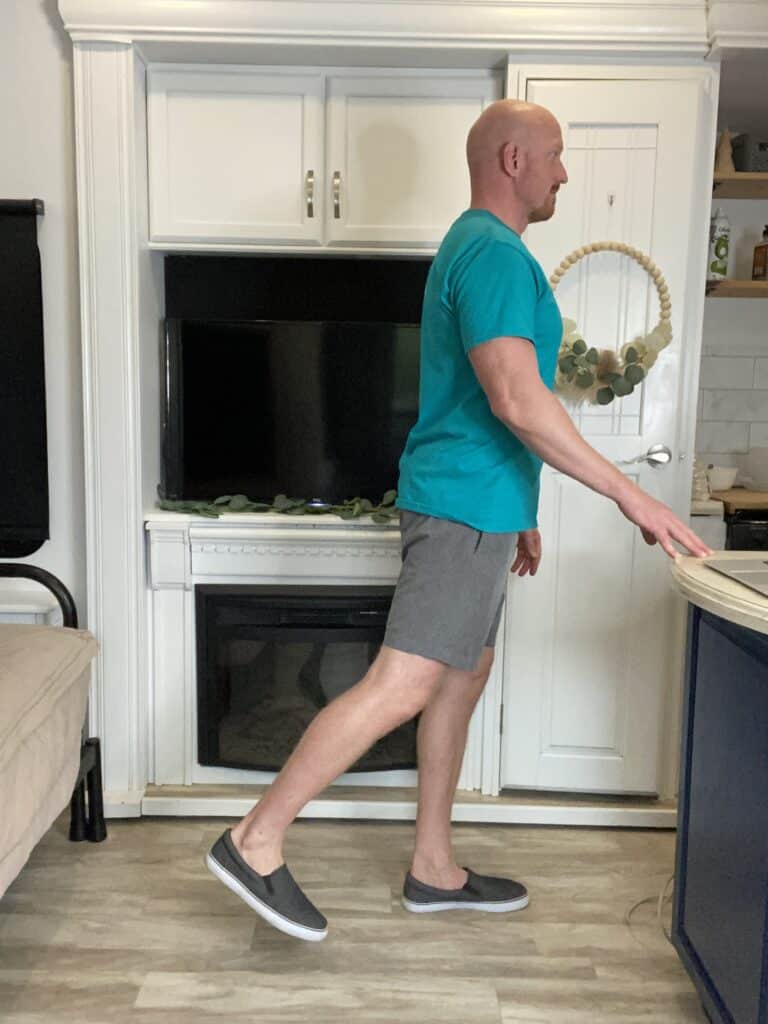
- Stand tall with your hands placed on a steady surface, such as a counter, sink, or chair (without wheels), to hold onto for balance.
- Shift your weight onto your left leg, keeping a slight bend in your left knee to avoid locking it out.
- Keeping your toes pointed forward and your right leg straight, lift your right leg back a few inches.
- Lower your leg back down to the starting position.
- Repeat this movement for 10 repetitions on each leg.
- Do a total of 3 sets of this exercise.
4. Standing Hamstring Curls
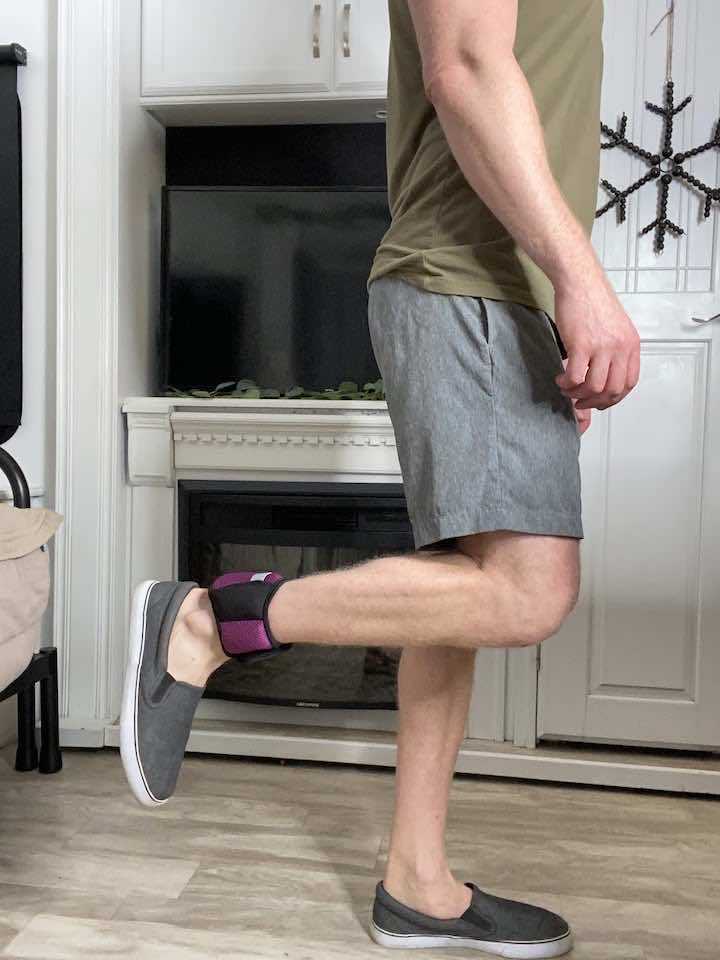
- Use 2-3 lb. ankle weights or tie a resistance band around your ankles.
- Stand in front of a sturdy surface, such as a countertop, for support.
- Bend one knee, allowing your foot to kick up towards your bottom.
- Return to the starting position.
- Repeat this movement 10 times for 3 sets.
- Practice this exercise on both legs.
5. Calf Raises
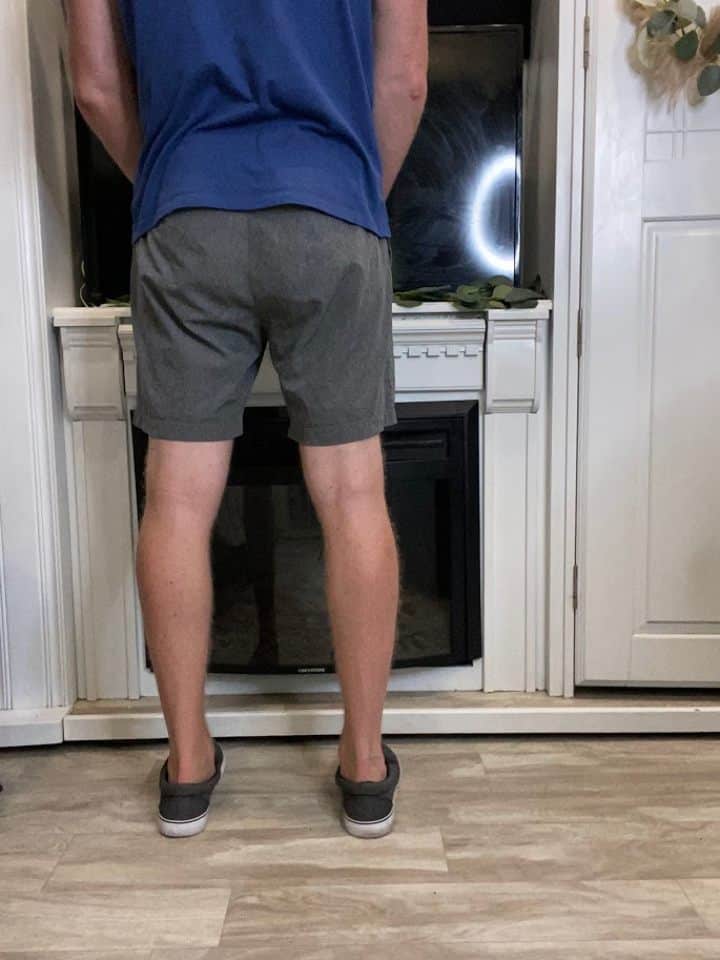
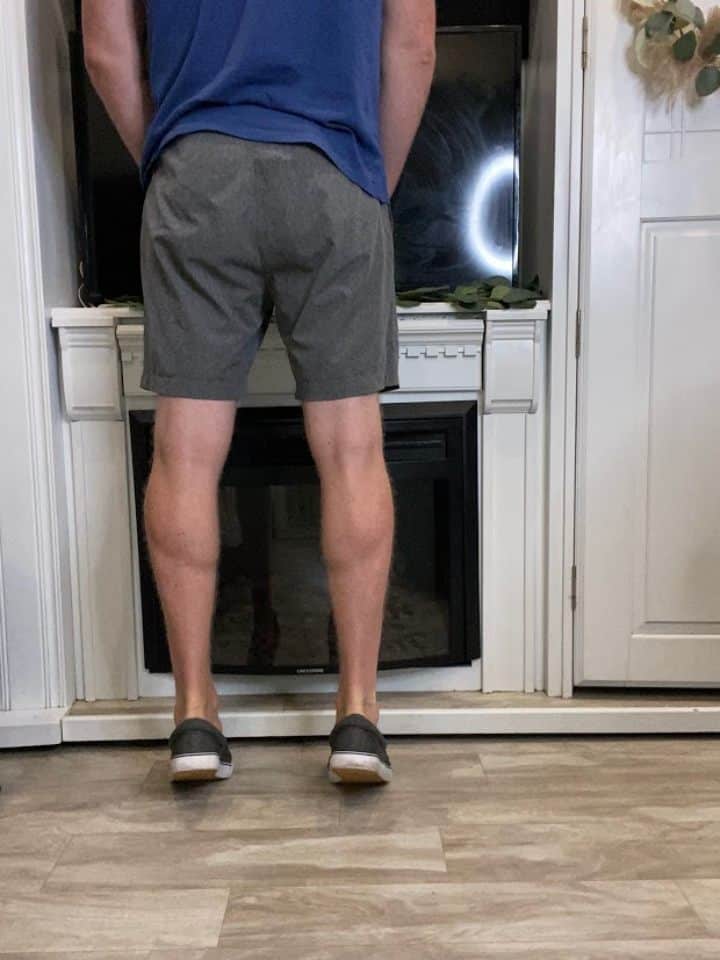
- Stand facing a wall or sturdy surface for balance.
- Place your feet hip-width apart.
- Slowly lift your heels as high as you can and then lower them back down.
- Repeat for 10 repetitions for 3 sets.
The Benefits of Exercises for Knee Bursitis
Now, you might be wondering – why exercises? They help maintain joint mobility and strengthen the muscles around the knee – think quadriceps and hamstrings – providing better support and reducing the load on the knee joint.
Rest is vital, especially during acute pain phases, but targeted exercises are a game-changer. Regular exercise can result in gradual yet significant improvements.
Remember those inconvenient episodes of Knee Pain When Climbing Stairs? Engaging in these exercises regularly can reduce the frequency of such instances, significantly enhancing your quality of life.
Consistency is Key
Remember, Rome wasn’t built in a day. Similarly, a single exercise session won’t magically cure knee bursitis. The key is consistency. Make these exercises a part of your everyday routine, but also learn to listen to your body. If an exercise causes pain, it’s a signal to stop and possibly seek professional advice.
Conclusion
Navigating the journey of knee bursitis can be challenging, but you’re not alone. Armed with the right knowledge about its causes, symptoms, and some effective at-home exercises, you are well-equipped to manage this condition. Regularly doing these exercises is akin to taking small but powerful steps toward improving your knee health and, by extension, your overall well-being.
So, here’s to stronger knees and a healthier you! From dealing with knee pain when sitting to saying goodbye to discomfort when engaging in the simplest activities, remember that every bit of progress counts. Keep moving, keep shining.


